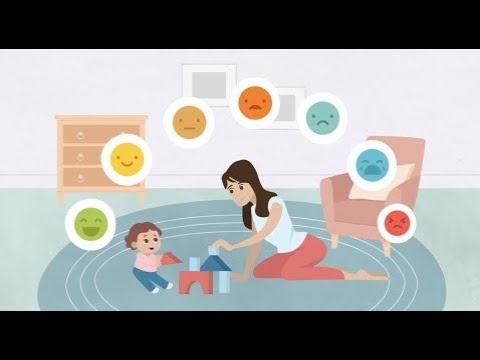Understanding the Four S’s of Attachment and Their Role in a Child’s Development
Introduction to Attachment Theory
Attachment theory explains the profound and enduring bond that develops between a child and their primary caregiver. This attachment, essential from birth, is driven by a deeply instinctual need for survival, guiding children to seek connections with those who offer reliable care.
Core Principles of Attachment
1. The Importance of Secure Attachment
• Secure attachments are formed when caregivers consistently meet the needs of a child with reliability and responsiveness.
• Children with secure attachments enjoy better mental health, perform well in school, and build healthier relationships throughout life.
2. Effects of Inconsistent Attachment
• Children whose attachment needs are not met may develop a sense of insecurity, impacting their worldview and sense of safety.
The Four S’s of Attachment
According to Dr. Daniel Siegel and Dr. Tina Bryson, a secure attachment develops naturally when a caregiver helps the child feel the “Four S’s”: Safe, Seen, Soothed, and Secure.
- Safe
- Description: Ensuring a child’s physical, emotional, and relational needs are met.
- Impact: Feeling safe impacts a child’s brain structure and stress response, fostering a sense of stability and trust in the world.
- Challenge: Without safety, children may remain on high alert, perceiving the world as a threatening place.
- Seen
- Description: Attending to a child’s emotions and understanding what lies beneath their behaviors.
- Practice: Recognizing that babies often lack clarity about their feelings; by acknowledging their distress, caregivers communicate, “I’m here with you.”
- Soothed
- Description: Helping a child feel they can express needs openly, building emotional resilience.
- Balance: Soothing does not mean removing all hardships but rather guiding children to navigate challenges and develop resilience.
- Secure
- Description: Security is built on the predictability of the caregiver’s presence, creating positive neural patterns.
- Outcome: This consistency forms expectations about the world, instilling a sense of stability and trust.
Conclusion
Feeling safe, seen, soothed, and secure helps children establish a foundational trust in their caregivers and the world. This predictable and nurturing environment has a lasting effect, shaping not only their childhood experiences but their overall approach to life and relationships.
Search Terms: caregiver-child bonding, attachment-based parenting, emotional attunement, trauma-informed caregiving, resilience building in children, attachment security, neurodevelopment in foster children, trust-building in foster care, responsive caregiving, emotional regulation skills, insecure attachment effects, consistent caregiving practices, child mental health outcomes, attachment-focused therapy, stress response in children, caregiver responsiveness, stability in foster environments, developmental psychology, secure relationship patterns, Dr. Daniel Siegel attachment strategies.


Leave a Reply